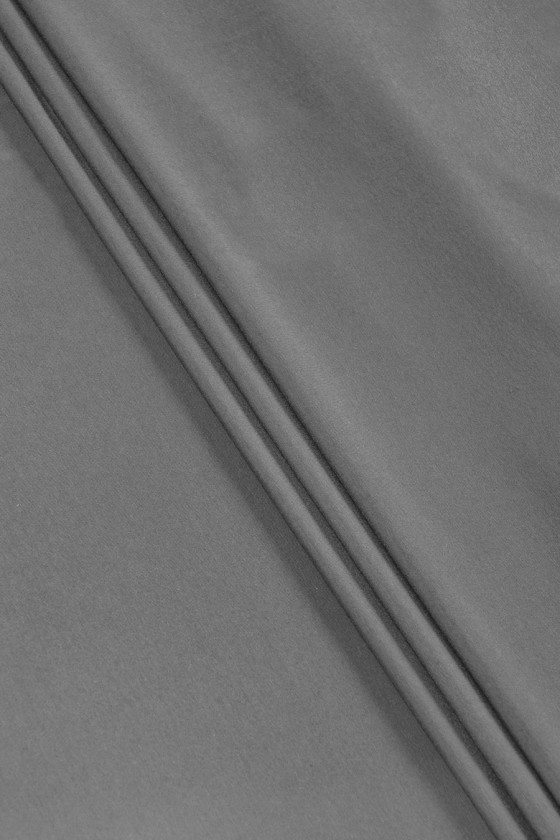- today
- label News
- favorite 0 Likes
- remove_red_eye 48346 Visits

Nowadays, we pay more and more attention to ecology and sustainable lifestyle. This also applies to our choice of clothes that we wear every day. Increasingly, we are reaching for organic and eco-friendly fabrics, which are more friendly to the environment and our health. In this article, we will introduce you to the subject of these fabrics and provide you with the necessary knowledge and tips so that you can consciously and responsibly choose fabrics for your projects.
What are organic fabrics?
Organic fabrics can be made from different types of natural fibers, such as cotton, linen, silk, hemp, or wool. However, a key element of organic fabrics is how these plants are grown and animals are raised. Manufacturers of organic textiles use farming methods that minimize the negative impact on the environment, such as organic farming, without the use of pesticides and artificial fertilizers, or grazing animals in accordance with their natural needs.
An important feature of eco-friendly fabrics is also the absence of the use of chemicals during the process of spinning, dyeing and finishing fabrics. Instead, natural substances such as organic plant dyes are used. As a result, organic fabrics are free of toxic contaminants that can affect our health and the environment.
How do you know if fabrics are organic?
There are many certificates confirming the ecological origin of fabrics and clothes that are worth knowing. Examples are GOTS, Oeko-Tex Standard 100 and Fairtrade. The GOTS certificate guarantees respect for the environment and fair working conditions, the Oeko-Tex Standard 100 ensures safety for the skin, and Fairtrade promotes fair trade. Paying attention to the presence of these certificates will allow us to make informed choices.
The most popular organic fabrics:
-
Organic cotton: Organic cotton is one of the most popular choices among organic fabrics. It is grown without the use of pesticides and artificial fertilizers, which contributes to maintaining the purity and naturalness of the fibers. Organic cotton is soft, durable and breathable, making it perfect for everyday clothes such as T-shirts, blouses or pants.
-
Organic flax: Linen is a natural fiber with high strength and cooling properties. Organic flax cultivation involves minimizing the use of chemicals and artificial fertilizers. Organic linen is light, airy and crease-resistant, making it suitable for summer dresses, trousers and shirts.
-
Lyocell: Lyocell, also known by its trade name Tencel, is an innovative fabric that is made from wood cellulose. The production process is environmentally friendly, and the resulting material is characterized by softness, wrinkle resistance and excellent breathability. Lyocell is a versatile material that can be used to make a variety of clothes, from blouses and dresses to bedding and towels.
Increasingly, recycled fibres, such as materials made from PET bottles, are also considered eco-friendly fabrics, reducing waste and the use of natural resources. Therefore, when choosing eco-friendly fabrics, it is worth paying attention not only to natural organic fabrics, but also to recycled ones, which are another step towards sustainable fashion and environmental protection.
Why choose eco-friendly fabrics?
Choosing eco-friendly fabrics has many benefits for both our health and the environment. Organic fabrics are skin-friendly, have better breathability and regulate body temperature. In addition, the production of eco-friendly fabrics is based on the principles of sustainable agriculture, which contributes to the protection of the environment by reducing chemicals and pollutants. In addition, by choosing certified fabrics, we support fair trade and ensure fair working conditions. Choosing eco-friendly fabrics is a responsible decision that benefits our health and the future of our planet.

